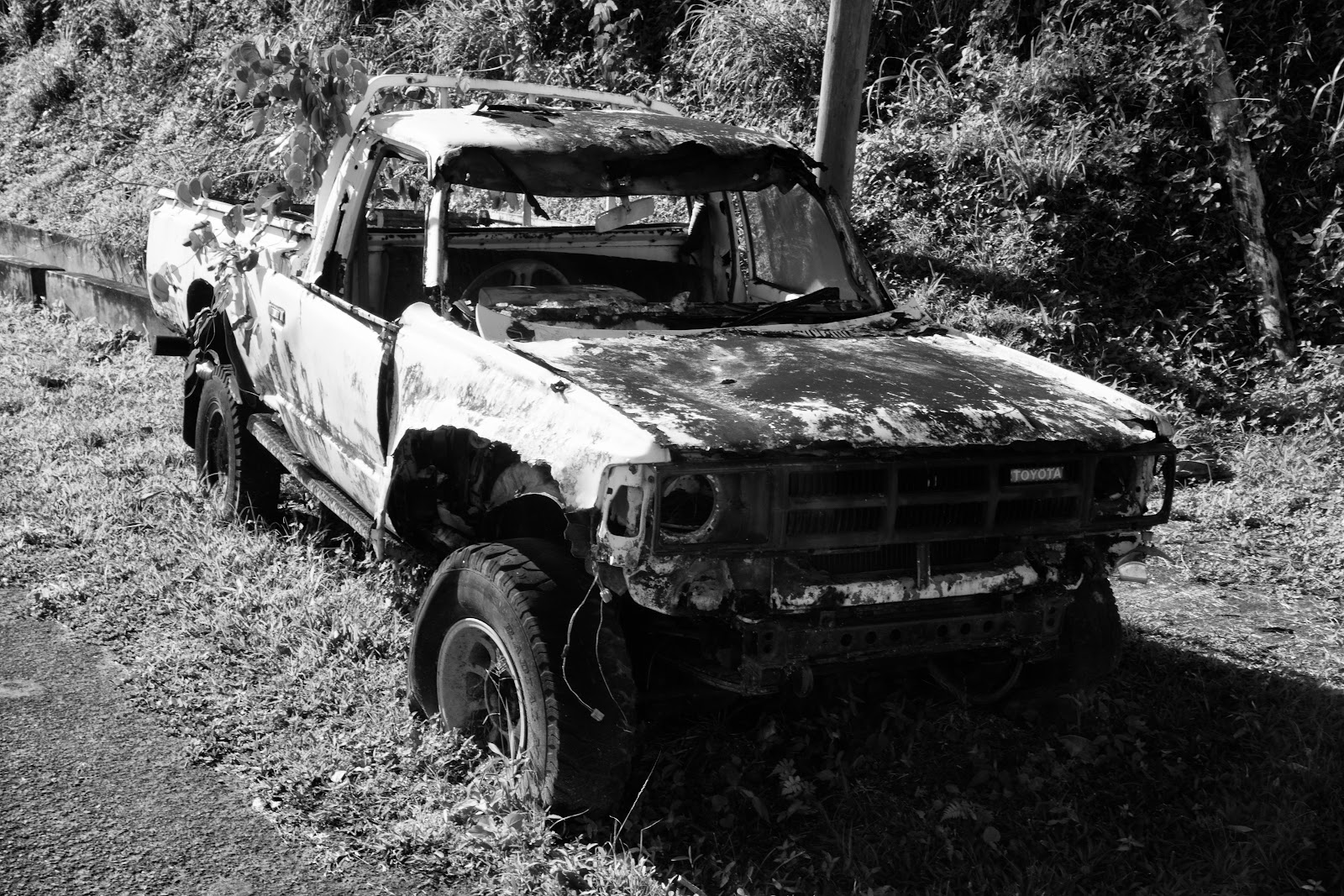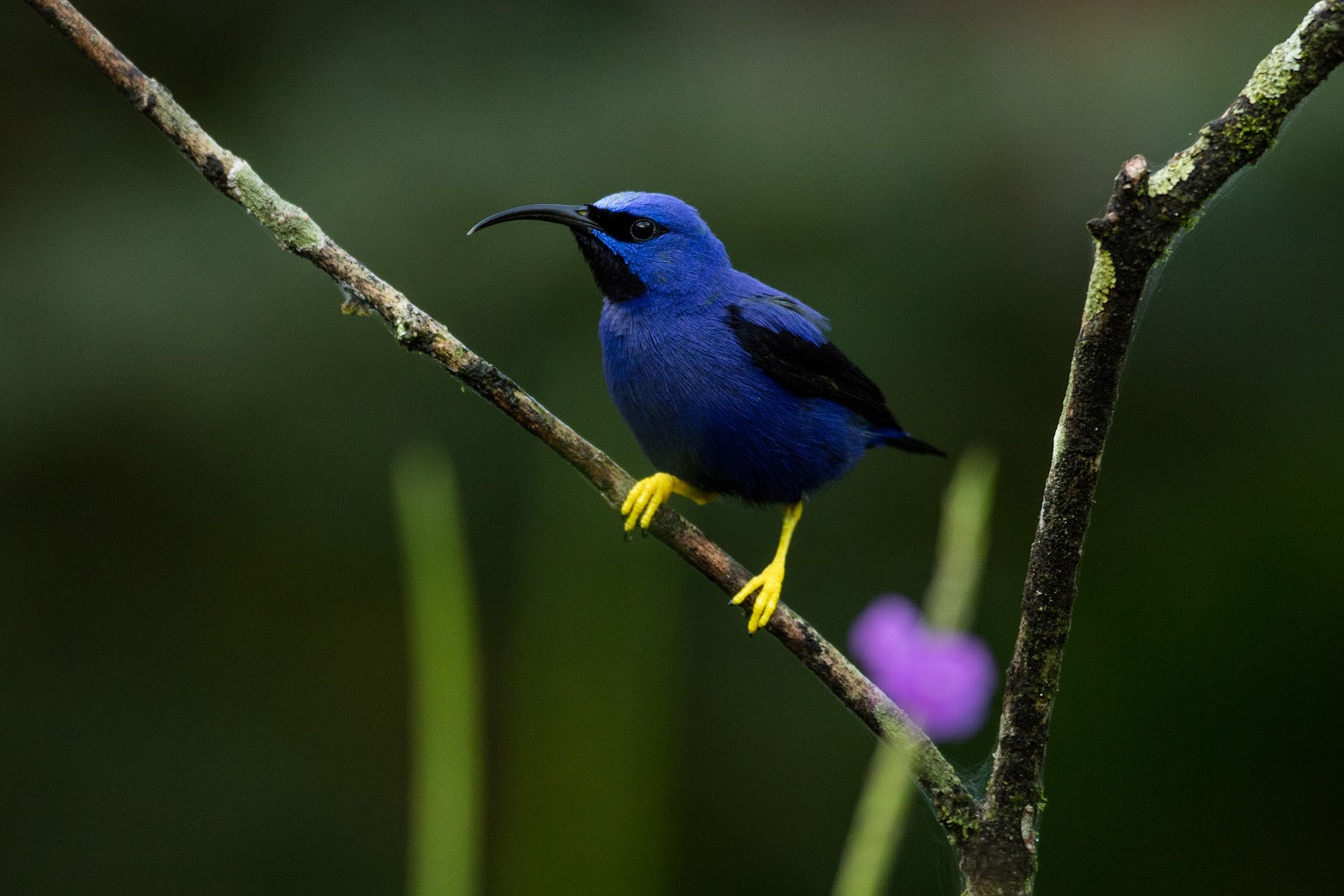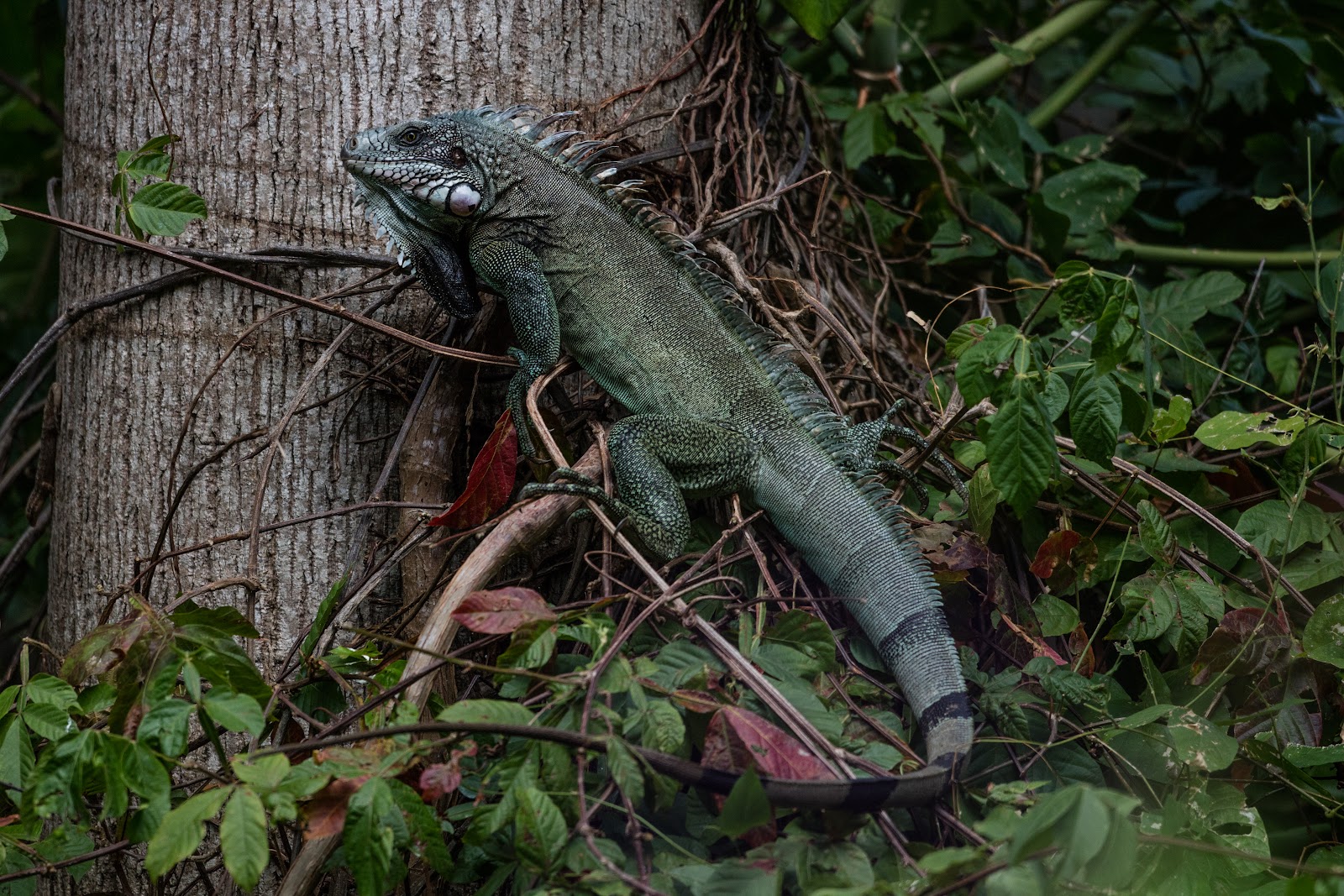Our first long awaited 'proper trip' since being repatraited from New Zealand saw us visiting Trinidad and Tobago, Tobago first, which we'd booked in 2019 before everything kicked off. It was good to be travelling again, albeit we had a lot of fun and games with the schedules and arrangements beforehand. Having had a couple of nights R&R we were collected by our guide and taken to a pond to meet a journo, which was interesting and indeed unexpected. While they talked we wandered, snapping this Cayman in the water.
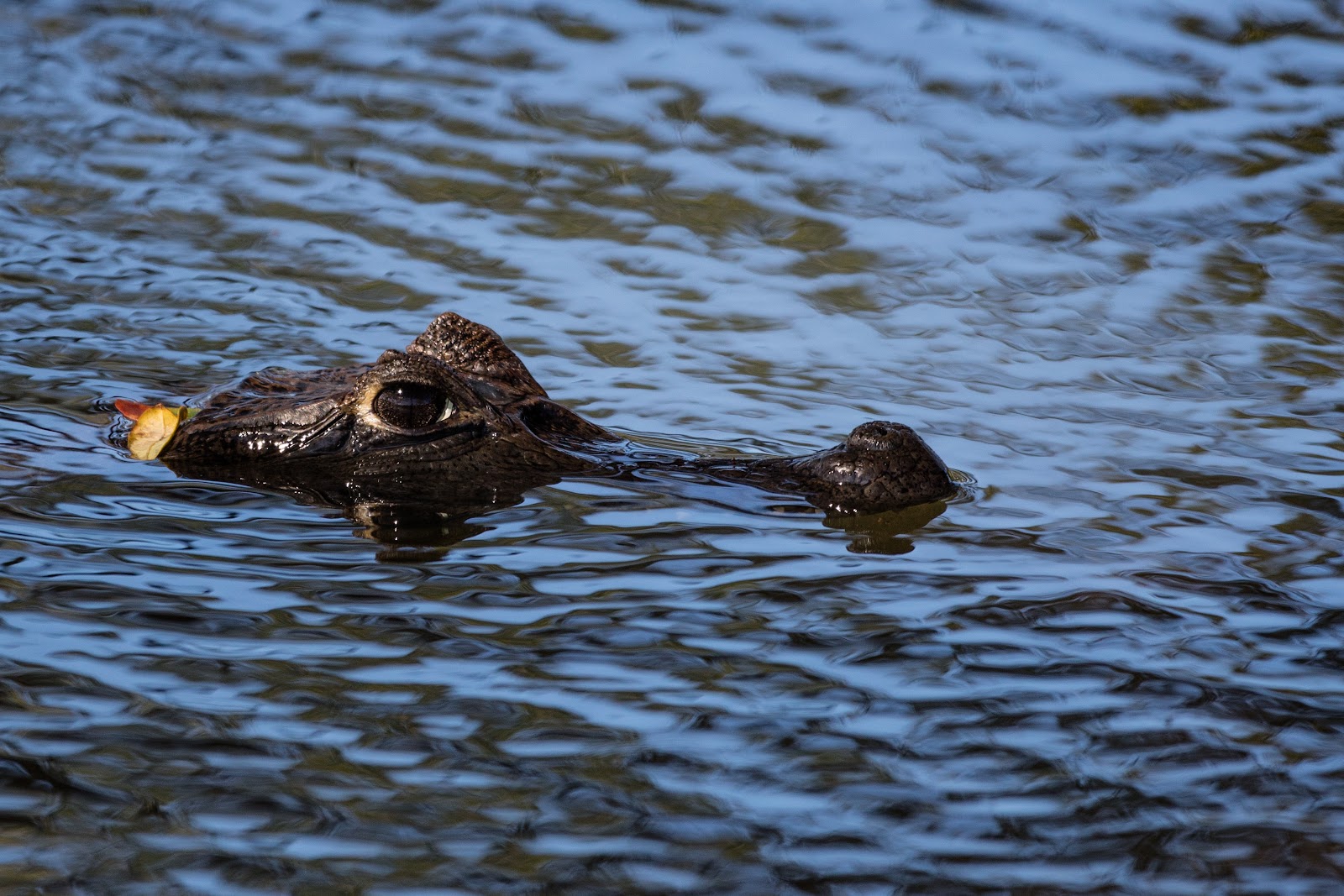
From the ponds we visted some water reclamation sites, seeing Black-Crowned Night Heron:
Wattled Jacana:
From there it was off to a beach, beating the 2pm curfew to see Sanderling amongst other species along the shore:
From there we headed up into the hills to our accommodation, the Cuffie River Lodge. Recycling is still someway off comprehensive:
The lodge is surrounded by busy feeders enabling me to see and photograph the stunning Ruby Topaz hummingbird:
They light up by moving their cap and gorget feathers and are very busy little birds
As well as the six species of Hummingbird on the feeders, the Red-crowned Woodpeckers were taking the sugar water too, to supplement their diet

A pair of Trinidad Motmots appeared mornings and evening
And one flowering tree proved irresistable to the Orange-winged Parrots each morning. Quite often they'd come back during the day, birdwatching from the pool is a thing! It turns out the local swifts know about the pool too, having literally hundreds of them swooping in to scoop water while you're swimming or sunbathing was frankly an amazing experience.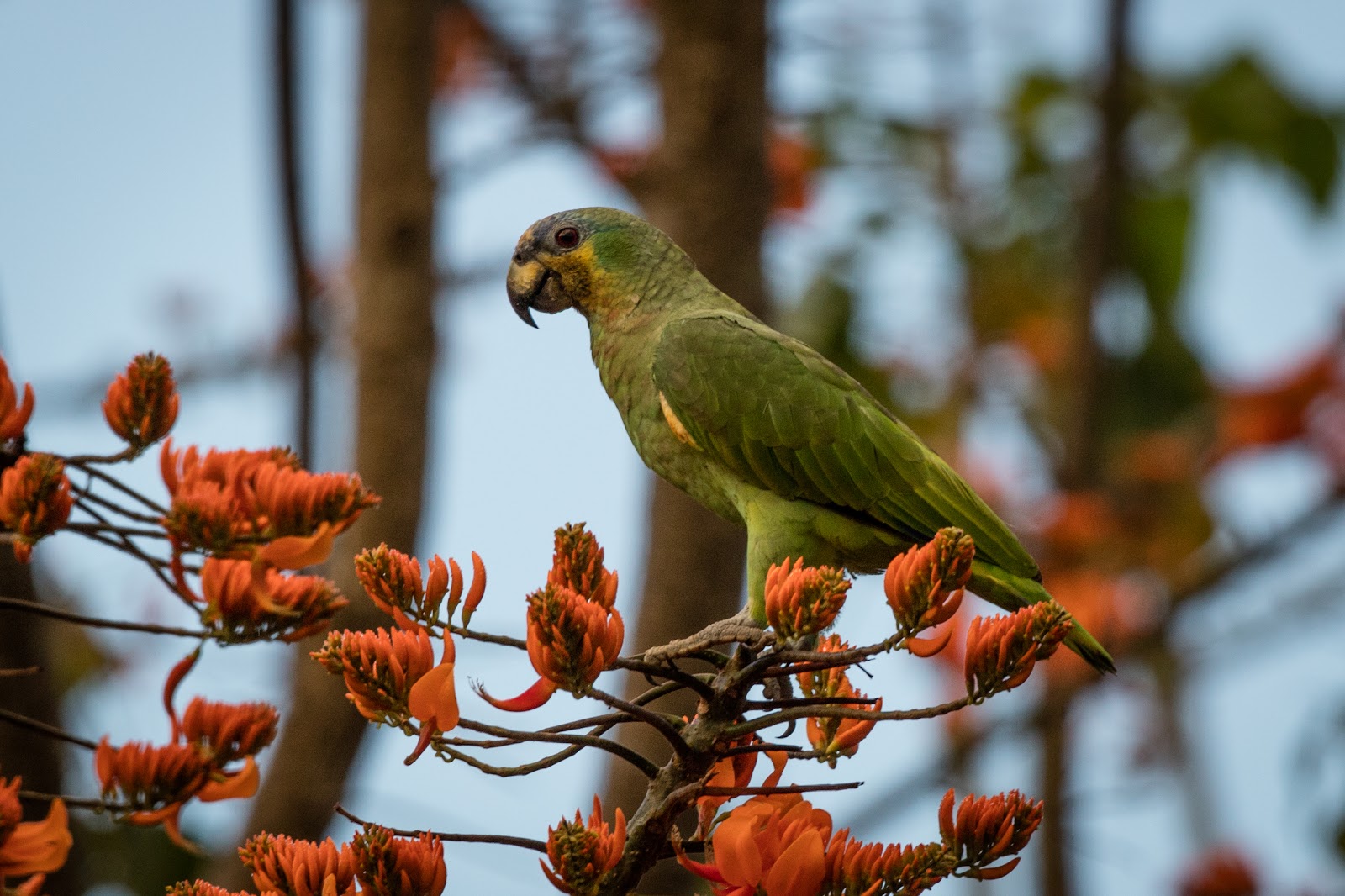
After some morning birding it was time for a trip to Little Tobago
The island guide located a Hermit Crab:
But the main reason for visiting was to see the Red-billed Tropicbirds, circling around us waiting for the right conditions to land and feed their young or take-over on the eggs:
The next day was forest birding, which given the conditions is tricky for photgraphy bu the butterflies are another matter. This is an Agnosia Clearwing:
This apprently is a Dione juno or Silverspot:
Out and about too were Rufous-tailed Jacamars:
We really enjoyed Tobago the birding, the people, the vibe, the lodge, everything apart from the usual bad human habits. From Tobago we caught the brief flight to Trinidad and taken promptly to another 'water reclamantion' site, places without humans are usually good for birds, seeing this Pied Water-tyrant amongst other species:
Our accommodation was at the Pax Guesthouse, part of the monastery overlooking the main population centre of the Island. We had booked to stay at the famous Asa Wright Nature Centre but that had, remarkably, gone bust and is in the process of being sorted out to be re-opened.
Collected by our local guide we headed first to his Uncle's property, spotting this Dark Owl butterfly:
Waiting for the sun to crest the surrounding hills we watched some fabulous birds including the Purple Honeycreeper:
And the Tufted Coquette, soon in my mind aligned with a tasty potato and cheese snack from home:
A Silver-billed Tanager, also known as the Red-wine Bird:
The property was also hosting an Igunana:
The forest birding was very rewarding including Trogons, Euphonias, Parrots, etc.
And of course more butteflies. The tropics has some fantastic species in fact:
This being a Buff Zebra:
We visited a number of different locations including a Hindu temple where we saw human cremations in progress, but mostly looked out to the ocean and explored the area:
We also visited the Hindu temple to Hanuman. After the abolition of slavery the white land owners (having pretty much wiped out the original inhabitants) decided to offer a large group of Indians land in exchange for free labour, which a number accepted. Those who survived the journey and the labour soon established themselves and now the islands are a mix of African and Indian with all the vibrancy and colour you would expect, the food too is amazing accordingly!
Helen opted out of the trip to the Caroni Swamp:
On the way we saw a Masked Cardinal, a species i had really wanted to see:
Before settling down to watch one of the wonders of the natural world, 10,000 Scarlet Ibis coming in to roost:
Shortly after independence the Scarlet Ibis was made the National Bird of Trinidad and Tobago, the species and their habitat being protected, ending hunting and persecution. Today their numbers are swelling again:
It's a majestic sight seeing clouds of these birds heading in to roost, accompanied by other species of Heron, new inhabitants, the Flamingoes, etc. We really enjoyed and indeed would revisit Trindad and Tobago, next stop Jamaica and the second part of our 2020(2) holiday!



















